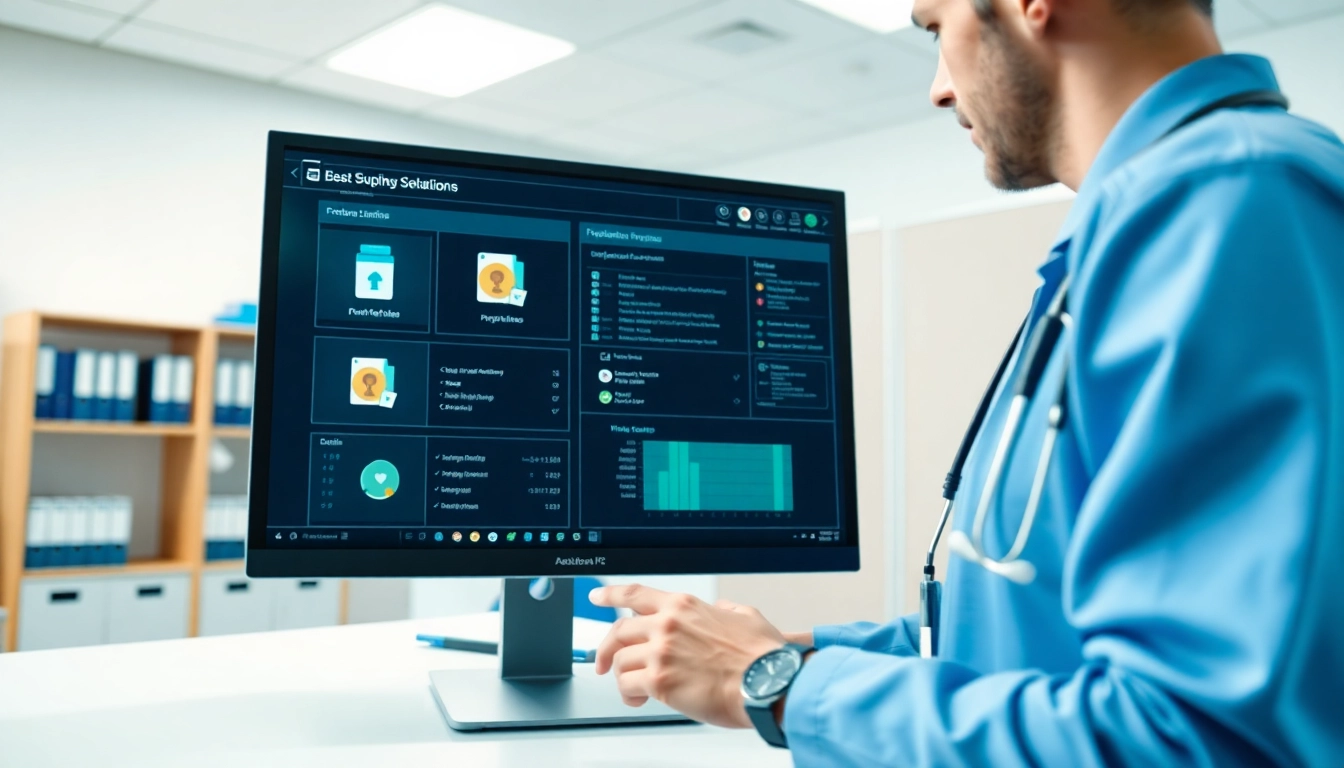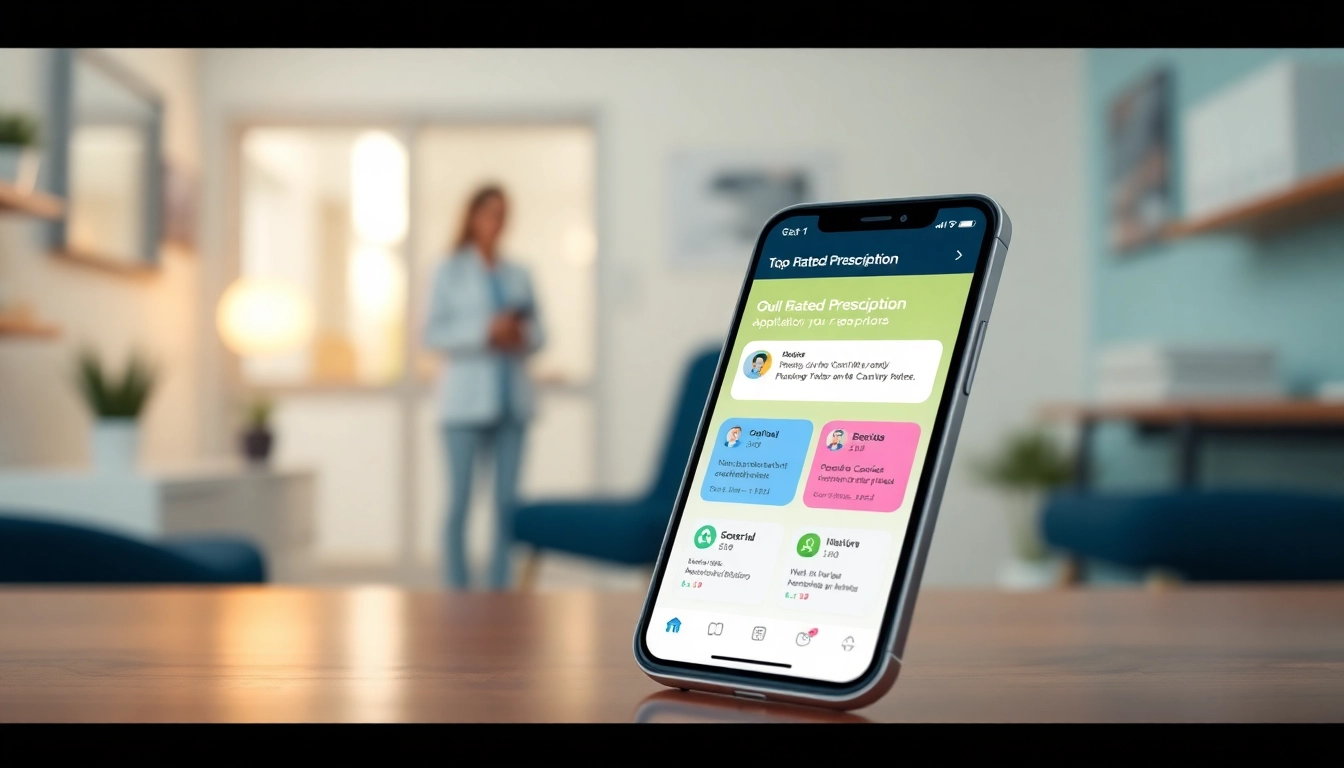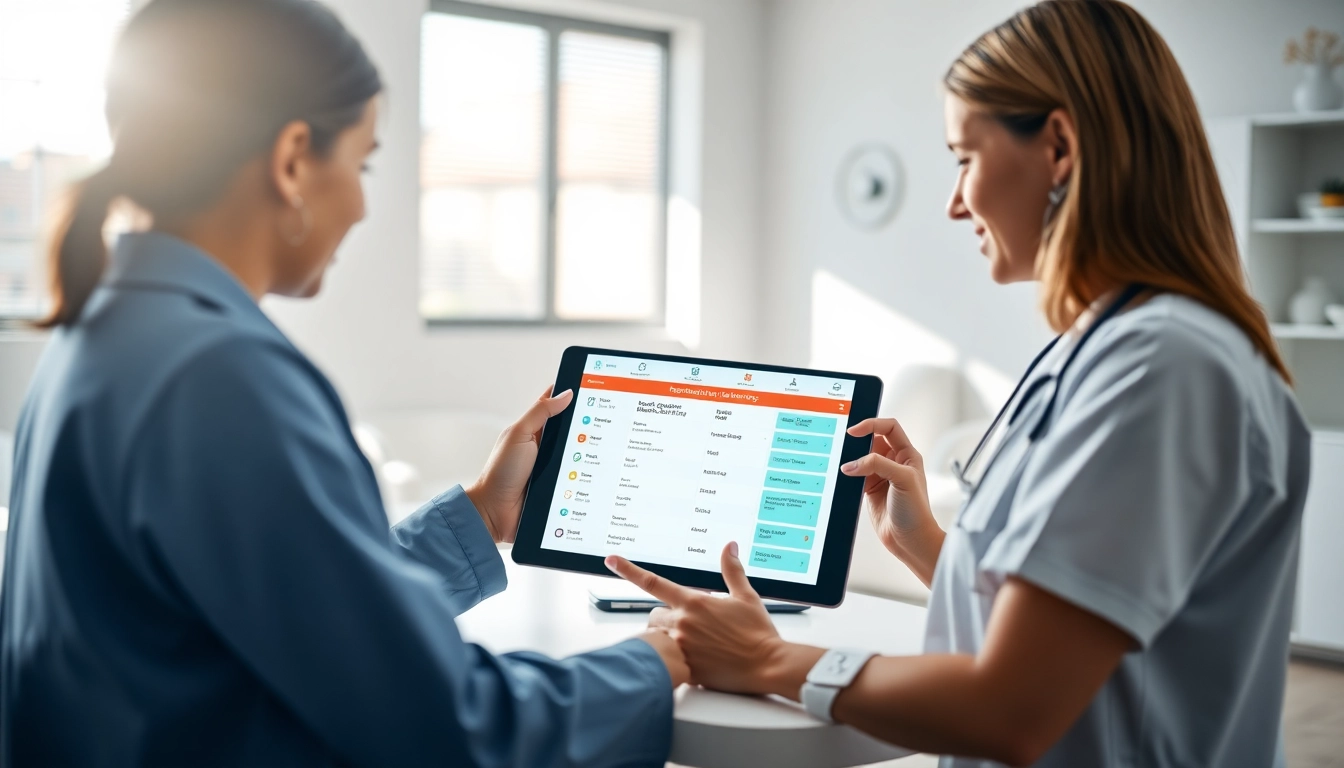Understanding the Features of E-Prescribing Software
E-prescribing software represents a monumental shift in medication management, enabling healthcare providers to send prescriptions directly to pharmacies electronically. This seamless process not only enhances efficiency but also promotes safety and accuracy in medication dispensation. The modern healthcare landscape increasingly relies on advanced software systems to handle medication prescriptions. In this article, we will explore the critical features of eprescribing software, discussing their functionality, importance, and the impact they have on patient care.
Key Functionalities of E-Prescribing Software
E-prescribing software is equipped with a range of key functionalities that streamline the prescribing process. These include:
- Electronic Prescription Transmission: E-prescribing software allows healthcare providers to transmit prescriptions electronically to pharmacies, thereby eliminating the risks associated with handwritten prescriptions.
- Medication History Access: Providers can access patient medication histories in real-time, allowing for more accurate prescribing and reducing the risk of adverse drug interactions.
- Drug Interaction Checking: Sophisticated algorithms check for drug interactions, allergies, and duplications, enhancing patient safety.
- Refill Management: The software can automate refill requests, simplifying the process for both providers and patients.
- Secure Messaging: E-prescribing systems can facilitate secure communication between healthcare providers, including messages regarding patient prescriptions.
Importance of Features in Enhancing Patient Care
The features integrated into e-prescribing software are crucial not only for the operational aspects of prescribing but also for enhancing overall patient care. By streamlining the prescription process and ensuring accuracy, healthcare providers can reduce medication errors, improve adherence to treatment regimens, and ultimately enhance patient outcomes. For instance, the availability of medication histories helps providers make informed decisions, ensuring that prescriptions made are safe and compatible with a patient’s existing medications.
Compliance and Regulations Impacting Features of E-Prescribing Software
Compliance with healthcare regulations such as HIPAA (Health Insurance Portability and Accountability Act) and federal guidelines significantly influences the features of e-prescribing software. Security and privacy mechanisms must be inherent in the software to protect sensitive patient data. Additionally, features may evolve in response to changing legislation, ensuring that providers remain compliant while utilizing technology effectively.
Improving Efficiency with E-Prescribing Software Features
Streamlined Prescription Processes and Automation
One of the most significant advantages of e-prescribing software is the automation of prescription processes. Automated features such as prescription generation and routing to pharmacies can drastically reduce the time healthcare providers spend managing prescriptions. For instance, once a provider inputs a prescription into the system, it can be automatically sent to a designated pharmacy without any manual intervention, minimizing delays and enhancing workflow efficiency.
Integration with Electronic Health Records (EHR)
E-prescribing software is often integrated with Electronic Health Records (EHR), creating a comprehensive platform that enhances patient management. This integration allows for a seamless flow of information, making it easier for healthcare providers to view patient records, medication histories, and allergies simultaneously. With all pertinent information available at their fingertips, healthcare providers can make well-informed prescribing decisions quickly.
User-Friendly Interfaces and Ease of Use
For any software to be effective, it must be user-friendly. The best e-prescribing software solutions feature intuitive interfaces that allow healthcare providers to navigate easily. Training staff to use these systems is also simplified with user-friendly design, reducing the learning curve and increasing software utilization rates. The easier the software is to use, the more likely healthcare providers are to fully adopt it, enhancing overall operational efficiency.
Enhancing Safety and Reducing Errors
Medication Interaction Alerts in E-Prescribing Software
Medication errors can have serious consequences for patient health. E-prescribing software mitigates these risks through robust medication interaction alerts. These systems automatically notify healthcare providers when a potential interaction occurs, allowing prescribers to reconsider their choices and discuss alternatives with patients. This feature is crucial for maintaining patient safety and improving clinical outcomes.
Real-Time Access to Patient Medication Histories
Having real-time access to a patient’s medication history allows healthcare providers to identify potential issues before prescribing. This feature enables clinicians to check for duplicate medications and interactions that could result in adverse drug events. Such proactive measures enhance patient safety and contribute to more personalized medication management.
Secure Messaging and Communication Features
Effective communication is vital for enhanced patient care. E-prescribing software often includes secure messaging features that enable healthcare providers to communicate with pharmacies, specialists, and other members of the healthcare team without compromising patient confidentiality. This capability ensures that all stakeholders are kept informed and can collaborate effectively regarding patient care.
Implementation Best Practices for E-Prescribing Software
Assessing Organizational Needs for Features of E-Prescribing Software
The successful implementation of e-prescribing software begins with a thorough assessment of organizational needs. It is essential to evaluate the existing workflow, identify areas of inefficiency, and determine what specific features can address those needs. Stakeholders should be involved in the selection process to ensure that the chosen software aligns with practice objectives and enhances patient care.
Training Staff on Software Features and Best Practices
Once the software has been selected, comprehensive training is essential. Staff members need to understand not only how to use the software but also the best practices for patient data management and compliance. Training sessions can include hands-on activities and practical scenarios, which will empower users to maximize the software’s potential while minimizing errors or inefficiencies.
Monitoring Performance Metrics Post-Implementation
After implementing e-prescribing software, organizations should establish performance metrics to evaluate its effectiveness continually. Key metrics might include the reduction in prescription errors, time taken to fill prescriptions, and user adoption rates. Regular monitoring allows organizations to identify areas for improvement and make data-driven decisions to enhance their e-prescribing systems.
The Future of E-Prescribing Software Features
Innovations on the Horizon in E-Prescribing
The field of e-prescribing is continually evolving, with innovations poised to enhance functionality further. Features such as artificial intelligence (AI) algorithms predicting potential drug interactions or compliance risks can provide healthcare providers with unprecedented insights into patient medication management. The incorporation of telehealth features within e-prescribing software is also trending, further enriching the patient experience by allowing prescriptions to be written during virtual consultations.
Predictive Analytics and Patient Outcomes
Using predictive analytics in e-prescribing software opens new avenues for improving patient outcomes. By analyzing historical prescribing data, these systems can identify patterns that predict adherence or potential health risks. This proactive approach allows healthcare providers to tailor their prescribing strategies and intervene early, optimizing medication regimens for better patient health outcomes.
Adapting to Legislative Changes Affecting E-Prescribing
The landscape of e-prescribing is affected by various legislative changes that can mandate new features or compliance requirements. Staying updated with such changes is crucial for healthcare providers using e-prescribing software. Therefore, software providers must be agile in adapting to legislative shifts, ensuring compliance while continuing to contribute to improved patient care.











Leave a Reply